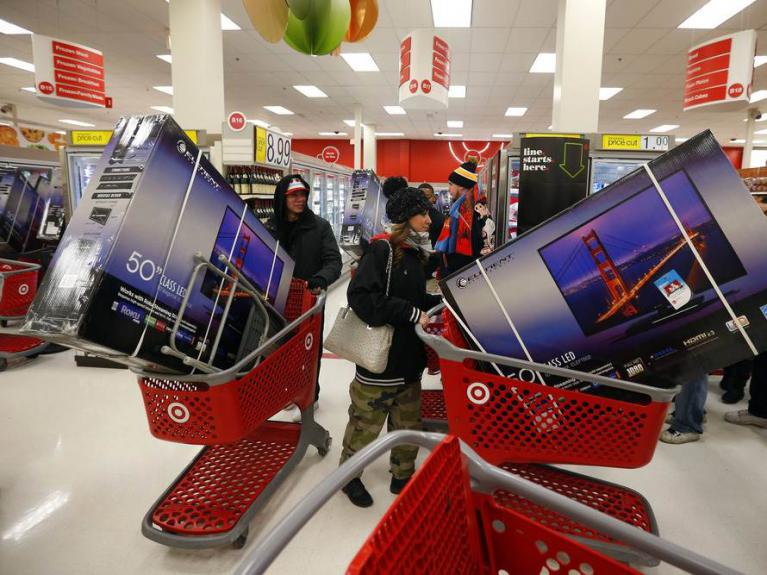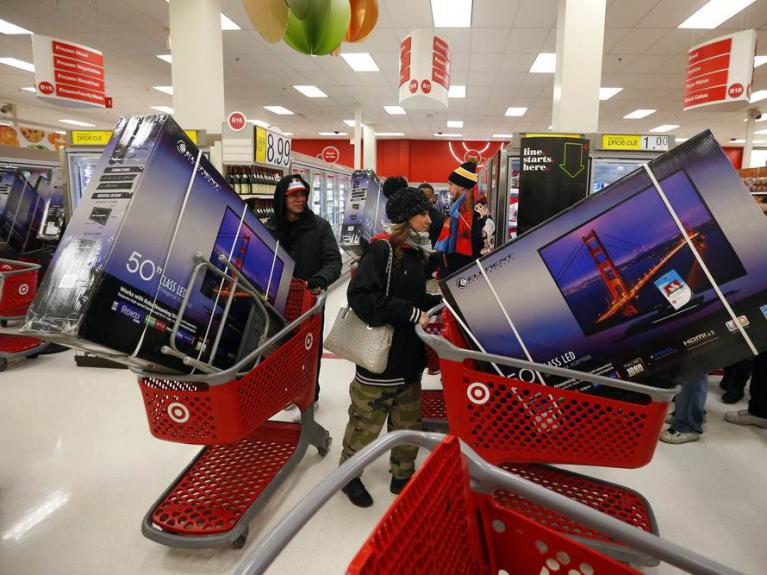
Technology giants took the top spots in an annual ranking of the 100 most valuable brands in the United States.
Apple, Google and Amazon took the top three places in the 2017 BrandZ Top 100 Most Valuable Global Brands ranking, released by WPP and Kantar Millward Brown, with Microsoft and Visa rounding out the top five. (The ranking combines analyzed financial data from Bloomberg and Kantar Worldpanel with the opinions of over 164,000 America consumers gathered for over 1,500 brands in nearly 130 categories.)
Apple is in first place, with a brand worth of $316 billion, based on the strength of devices combined with its services. The report noted that Apple’s continued innovation across an entire ecosystem that wrap around its key devices “ensures that the company increasingly owns and transforms the user experience in a way that is very meaningful to consumers.” Google’s brand value was put at $313 billion, and Amazon’s at $279 billion.
Apart from Amazon, only seven other retailers/restaurants cracked the top 50: McDonald’s (No. 7), The Home Depot (No.16), Starbucks (No.20), Walmart (No.27), Costco (No.40), Subway (No.46) and KFC (No.50).
Other retailers that make the top 100 included Lowe’s (No.55), 7-Eleven (No.72), Target (No.73), Walgreens (No.74), Whole Foods Market (No.80), CVS (No. 82)and Chipotle (No.100).
According to the report, customer experience is as important as being perceived as innovative for increasing brand value. As Americans engage with brands in more and more places, the brands that continually innovate customer experience are winning, growing 200% more than those that don’t.
Netflix grew its value more than any other brand, increasing by 93% over the last year to $30.2 billion. Benefiting from the growing adoption of streaming entertainment worldwide, the streaming superpower has capitalized on personalizing its service with original and entertaining content and has grown its subscriber base to 137 million, propelling it to No.28 in the ranking. Other fastest risers are PayPal (up 88%, No.19) and Amazon (up 69%, No.3).
“Customer experience is now the greatest amplifier of value growth,” said Beth Ann Kaminkow, CEO of Kantar Consulting Brand & Marketing Americas. “However, US brands are lagging other countries in delivering on consumers’ expectations and letting them experience their innovation. They will need to focus on improving consumers’ experience of their brand in 2019 by breaking down internal silos and uniting marketing and sales to design holistically across all channels and touchpoints, for experience and commerce.”
Other trends highlighted in this year’s BrandZ Top 100 Most Valuable US Brands report are:
Polarization of value and premium – brand growth mirrors the US economy with more brands focused on providing value and premium offers. Value retailer Walmart and membership retailer Costco grew by 11% to $30.7 billion and 19% to $19.9 billion respectively, while Apple further cemented its luxury brand credentials with the launch of the iPhone X.
Meaningfully different brands grew 78% more in the last year. A key driver of brand value growth US brands are among the most different in the world (only behind Indonesia’s top brands). The fastest risers – Netflix, Paypal, Amazon and Instagram – are all powered by their difference as are newcomers to the ranking such as Uber and HBO.
Strong brands beat the stock market. The BrandZ US Strong Brands Portfolio increased 19.8% between November 2017 and August 2018, compared with 12.6% for the S&P500. This means they created 1.57 times as much value for shareholders.
Brands with purpose – More and more consumers are rewarding brands not merely for making great products but sharing their values. Nike’s promotion of controversial celebrities known for taking a stand, such as Serena Williams and quarterback Colin Kaepernick, has helped reinforce consumers’ strong emotional connection with Nike. This year, the brand gained 37% in value and moved up the ranking to No.18.
The BrandZ Top 100 Most Valuable US Brands report and ranking, as well as other brand insights for key regions of the world and 18 market sectors, are available online here.

